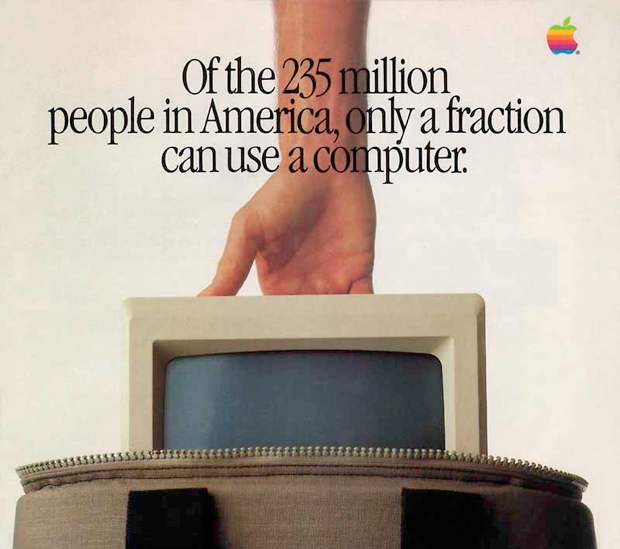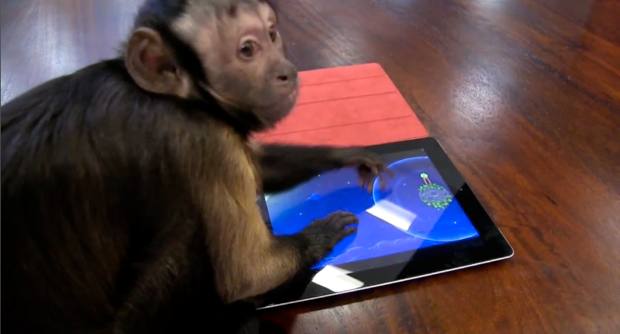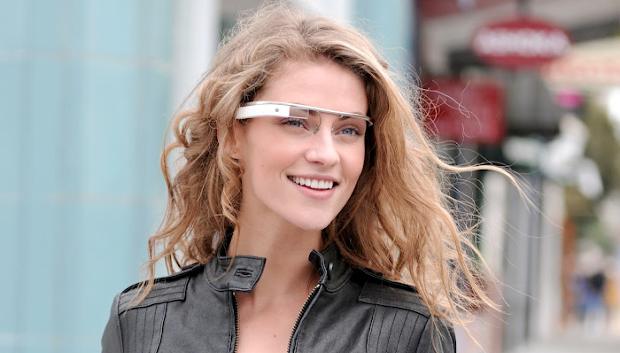 The most interesting thing in the iFixIt iPad 3 teardown is the discovery of the new BCM4330 chip. This chip is specifically a: 802.11a/b/g/n MAC/Baseband/Radio with Integrated Bluetooth 4.0+HS & FM Transceiver. That’s a mouthful.
The most interesting thing in the iFixIt iPad 3 teardown is the discovery of the new BCM4330 chip. This chip is specifically a: 802.11a/b/g/n MAC/Baseband/Radio with Integrated Bluetooth 4.0+HS & FM Transceiver. That’s a mouthful.
Apple likes to keep things in sync. It’s a reasonable bet this is part of the next-gen platform for the iPhone. It’s assumed the next iPhone will have a similar if not identical LTE chipset as the new iPad. This gives a little hint of what might be to come. 802.11/a/b/g/n is a given. Same with Bluetooth 4.0+HS. A FM Transceiver on board is a new one.
This is a pretty interesting find. Specifically it receives and transmits FM. I’m guessing this is part of the next iPhone platform. No feature on the iPad so far supports this. While it’s possible Apple will never use it, I suspect they will. The iPod nano already has an FM receiver. This would be a feature parody against an entry-level product. Carriers will obviously love the idea of users getting music in a method that doesn’t need data connectivity (just like they favor WiFi). You’re locked into a data plan for 2 years anyway.
Even more interesting is the transmit ability. This could be the basis of a built-in iTrip car adapter in every iPhone. Just press a button and set your radio to the corresponding FM station. One less adapter, one less thing to fuss around with. Your iOS device now connects to any audio device with an FM receiver. Sure the quality won’t be perfect, but it’s a huge step towards your iOS device being your media solution everywhere.
This is of course a theory, but I think it’s at least plausible.







 The most interesting thing in the
The most interesting thing in the